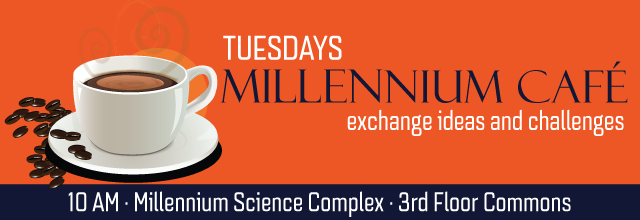
This talk provides an overview of ongoing ultrasonic research in my lab which includes the characterization of disparate materials (cement-based materials, metals and additively manufactured metallic alloys) as well as ultrasonic/acoustic monitoring of complex materials systems (fractured rocks) under in-situ conditions. I will also introduce some recent machine learning-based predictive modeling work for failure prediction and materials characterization.
